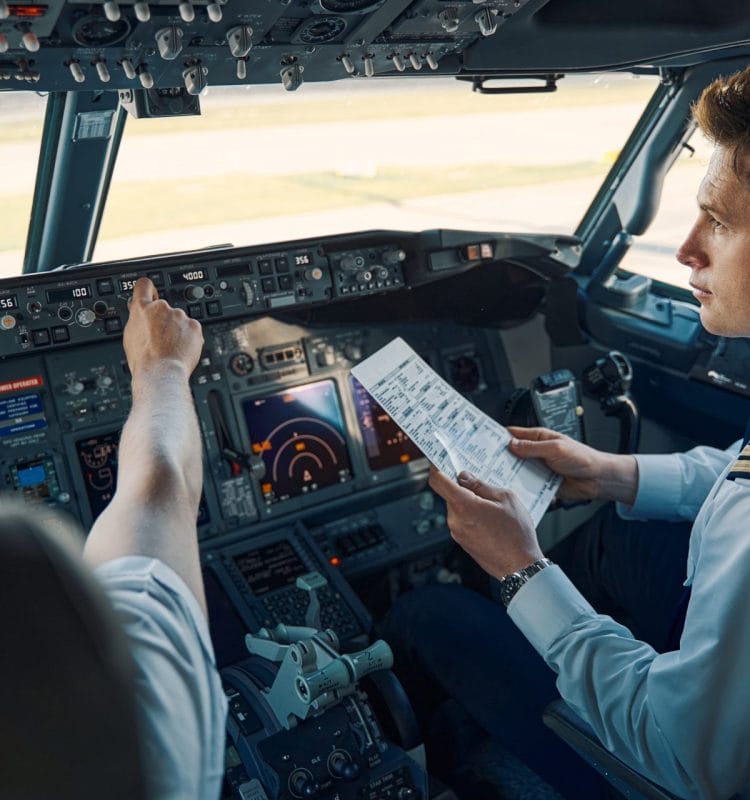EN


Aviation and aerospace represent the pinnacle of human achievement, but with great heights come even greater responsibilities. Ensuring the safety and efficiency of flight operations is a paramount concern. This is where Smart Eye, a pioneer in eye tracking technology, steps in. By developing the world’s most advanced remote eye trackers, Smart Eye empowers researchers, pilots, and operators to reach new insights, setting higher safety standards both on the ground and 30,000 feet above it.
In the aviation and aerospace sectors, Smart Eye is at the forefront of enhancing human-machine interaction and raising safety standards. Their systems are not just about technology; they are about piloting the future of aviation. Smart Eye’s eye tracking solutions play a pivotal role in training the pilots of tomorrow, aiding in correcting scanning techniques that will prove invaluable in future flights.
Moreover, Smart Eye’s technology extends to the skies. It ensures that pilots remain alert and attentive, continuously monitoring instruments to improve flight safety. For example, NASA has deployed Smart Eye’s technology in their Flight Deck Simulators and Research Flight Deck to monitor pilot state and behavior, emphasizing its critical role in the aviation industry.
Aviation and aerospace heavily rely on efficient human-machine interaction, often in highly automated environments. Smart Eye’s eye trackers are contributing to human factors research by analyzing how pilots perceive and respond to automation. The precision of this technology allows researchers to examine human factors like spatial disorientation and performance accurately and safely.
Webinar: Explaining Remote 3D Head and Eye Tracking in Aviation
The technology behind Smart Eye’s remote 3D multi-camera eye tracking method can be complex. In this insightful webinar, Smart Eye condenses over two decades of industry experience into an introduction to the unique features of remote tracking systems. Learn how these features are crucial for advancing aviation research.
In aviation, almost half of accidents are attributed to inadequate scanning of critical parameters in the cockpit. Smart Eye’s eye trackers come to the rescue by analyzing pilots’ gaze movement, head pose, pupillometry, and eyelid movements. This data is central to pilot monitoring systems, enabling the detection of distractions and drowsiness. The result? Enhanced flight safety in all types of aircraft.
Skillful pilots are the backbone of safe air travel. In flight training, Smart Eye’s technology plays a pivotal role in improving scanning techniques for future pilots. Real-time data from eye trackers helps identify the strengths and weaknesses of pilot recruits, ultimately enhancing their performance.
In conclusion, Smart Eye’s eye tracking technology is revolutionizing aviation and aerospace by enhancing safety standards, improving human-machine interaction, and contributing to invaluable human factors research. As we look to the future of aviation, Smart Eye’s innovative solutions are undoubtedly propelling us to new heights in safety and performance.
Interested in eye tracking for pilot training? Download our Comprehensive Guide to Eye Tracking Technology for the Aviation Industry here, or contact us today to schedule a demo!
